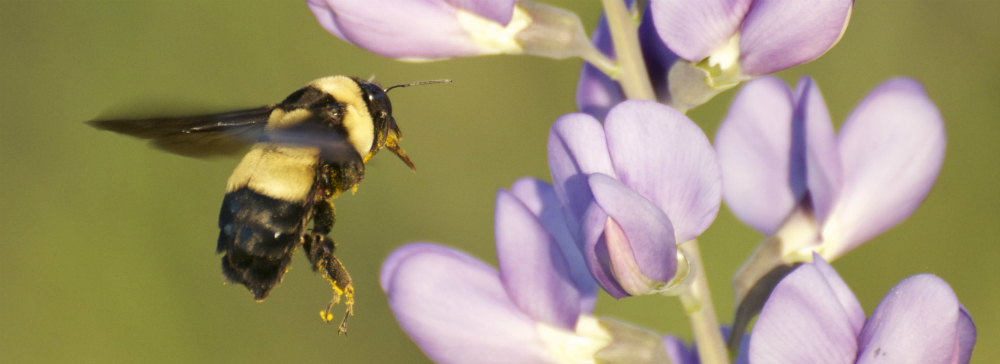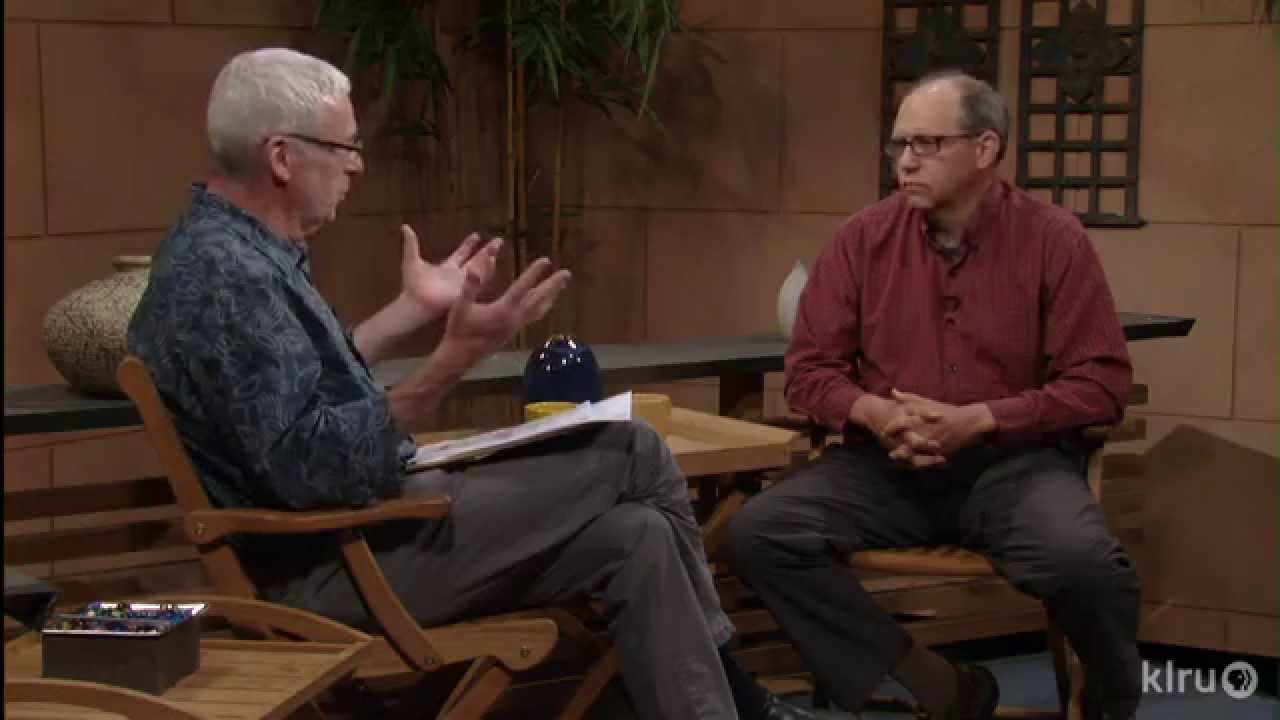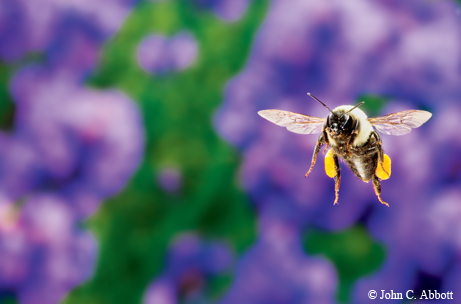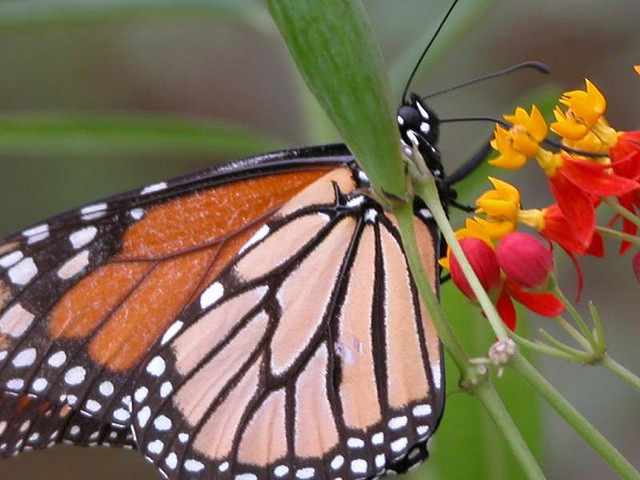New Pollinator Protocols
Wednesday, July 13th, 2016This is Passport to Texas
European honeybees and native bees, both important pollinators, are in decline.
With interest in declining pollinators, there’s been a call from a number of landowners for plans to help these species.
Texas Parks and Wildlife’s Michael Warriner says the agency developed new pollinator protocols for landowner use that begin with food and nesting sites for bees and other pollinators.
Let’s say you only have a few species of [flowers] that bloom in the spring. Not many in the summer. Not many in the fall. You could do a reseeding, or seed the area with native plant seed. Now, that can oftentimes be expensive if you have a lot of acres. In the protocols, we also describe another method of putting in native pollinator plots. You can consider this analogous to a deer food plot where you put in, let’s say, a half an acre. You seed it with good quality native plant seed. A number of species. And that’s your native pollinator plot, which makes it a little more cost effective than reseeding a really big area.
Find complete protocols on the Texas Parks and Wildlife website. Some landowners who implement protocols may qualify for a wildlife exemption.
If they’re actively wanting to develop a wildlife management plan for their property, they don’t have to do all the protocols; they can pick and choose what they want to do. If they need help, they can contact their local Texas Parks and Wildlife biologist in their region for help with this.
The Wildlife Restoration program supports our series.
For Texas Parks and Wildlife…I’m Cecilia Nasti.







 Passport to Texas is a
Passport to Texas is a  Passport to Texas is made available by:
Passport to Texas is made available by: